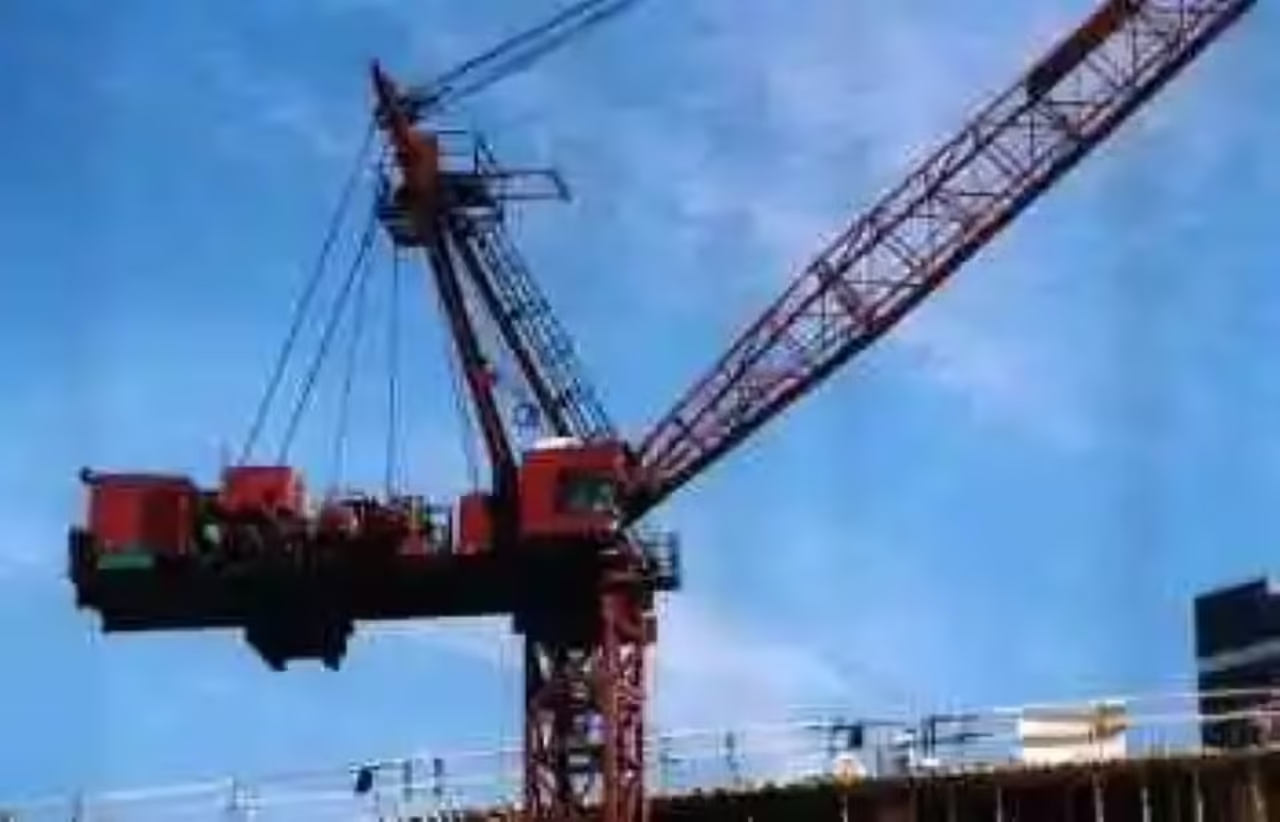
The load measuring systems, crane scale load cells offer substantial applications in measuring force, weight, and tension. Whether it’s about weight measurement, safety inspection, or overload prevention, crane scales, and wireless load cells are essential. However, depending on the number of cranes involved in a crane scale, there are two main classifications of crane scales- a. single-point load monitoring system, b. multi-point load monitoring system. In this article, we will discuss these two main types of crane scales, and along with this, we also explain to you some essential characteristics and applications of these measuring systems.
Essential Characteristics of Crane Scales:
The most essential characteristics that a crane scale manufacturer should provide in the crane scales are as follows-
- Accuracy and Display:
The crane scales should be very accurate in measuring the force and weight. Besides accuracy, a crane scale should also include extra-large and multiple displays.
- Data Transmission Ability:
The measuring system should be able to transmit data to either a receiver or a display. The manufacturer should connect the receiver with monitoring software that runs through a computer so that the receiver can collect information from multiple load cells and display them on the load-map.
- Safety and Long Life:
The crane scales should be made of aerospace steel in order to guarantee the safety and long life of the system.
- Shackle Holes:
Shackle holes with a 90-degree offset are crucial for a crane scale load cell in order to minimize flexing.
- Battery Life:
The battery life of the measuring should be at least 2000 hours and the manufacturers should also offer optional rechargeable chargers and batteries.
- Environmental Flexibility:
The measuring systems should have a weatherproof facility and other environmental flexibility to remain effective in seasonal changes.
- Alarm and Data Logging:
A crane scale load cell should also include alarm and unlimited data logging features.
Classifications of Crane Scales:
On the basis of the number of cranes, there are two types of measuring systems-
- Single Point Load Monitoring System:
The single-point load monitoring system involves one crane, and the measuring system takes place below the hook of the crane and measures the lifted load. This system is useful for the general weighing of a lifted material.
- Multi-Point Load Monitoring System:
Multi-Point Load Monitoring Systems are useful when there are heavy loads to elevate and that’s why we require to manage multi-crane, complex lifts. This system includes multiple load cells and cranes in order to maintain harmony during elevation. This system has an effective application in the entertainment industry where we need to manage the suspended video, sound, or control equipment and protect everyone against accidents from overloads.
Applications in Different Industries:
The major industries where you will find the applications of crane scale load cells are shipyards, heavy industries, aerospace, wind turbines, militaries, ports, some high-temperature productions, foundries, offshore applications, gas, and oilextraction, electricity companies, etc. From drag and pull force calculation to control cable monitoring and tensioning, these measuring systems are useful. To measure the weight of any load and to protect personnel, equipment, and infrastructure from overloads, we also require crane scales.







